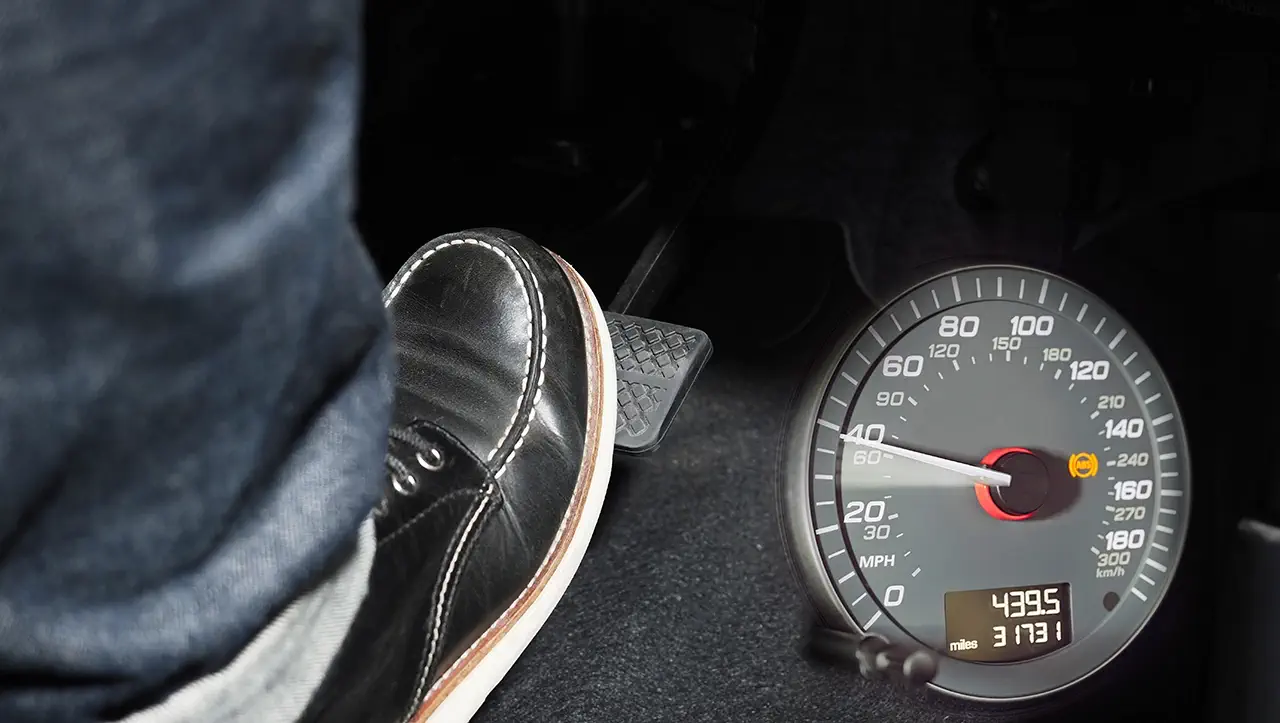How Speeding Affects Your Ability to React and Brake

Speeding—even just 5 to 10 miles over the limit—may not seem dangerous, but it significantly reduces your ability to avoid accidents. It shortens your reaction time, increases braking distance, and raises the risk of severe injury. Whether you’re driving your own vehicle or riding in an Uber, understanding how speeding impacts safety can help prevent serious consequences.
Less Time to React
The faster you drive, the less time you have to respond to unexpected situations. At 35 mph, you might have 3–4 seconds to react. At 55 mph, that drops to just 1–2 seconds. Since your brain takes at least 1.5 seconds to process danger and react, speeding cuts dangerously into that margin.
Distractions, fatigue, or stress can delay your reaction even more. This makes it harder to avoid collisions—especially in busy urban areas like the Bronx.
Longer Braking Distance
Braking distance grows exponentially with speed. A car moving at 30 mph can typically stop in 40 feet. At 60 mph, it needs around 120 feet—three times the distance. On wet or slippery roads, that distance increases even more.
If you’re injured in a crash where the other driver was speeding—whether you were driving, walking, or riding in an Uber—you may have a strong case for compensation. A qualified Bronx car accident lawyer can help investigate fault and pursue damages.
More Severe Crashes
The energy involved in a crash increases with the square of your speed. This means a collision at 40 mph is four times more forceful than one at 20 mph. Higher-speed crashes cause more serious injuries, greater vehicle damage, and a higher risk of fatalities.
This is especially concerning in Uber accidents, where passengers have little control over how safely the ride is driven. If you suffer an Uber accident injury, whether caused by your Uber driver or another vehicle, it’s crucial to speak with a lawyer experienced in handling rideshare claims.
Reduced Vehicle Control
At higher speeds, your ability to control the vehicle drops. Steering becomes less responsive, and emergency maneuvers—like swerving to avoid a hazard—can lead to skids or rollovers. Speeding reduces your options when seconds count.
Real-World Example
At 30 mph, your total stopping distance (reaction + braking) is about 75 feet. At 60 mph, it’s around 240 feet—almost the length of a football field. In that time, a slower vehicle would have already stopped safely.
Safety Tips
- Leave early to avoid rushing
- Use cruise control on highways
- Obey speed limits in school and residential zones
- Stay alert, especially in Uber or rideshare vehicles
Conclusion:
Speeding is more than just breaking the law—it’s a direct threat to your safety and those around you. If you’ve been injured in a crash—especially involving an Uber accident injury—a knowledgeable Bronx car accident lawyer can help you secure the compensation you deserve. Slowing down saves lives. Don’t risk yours.





